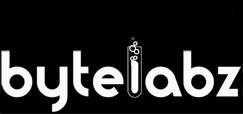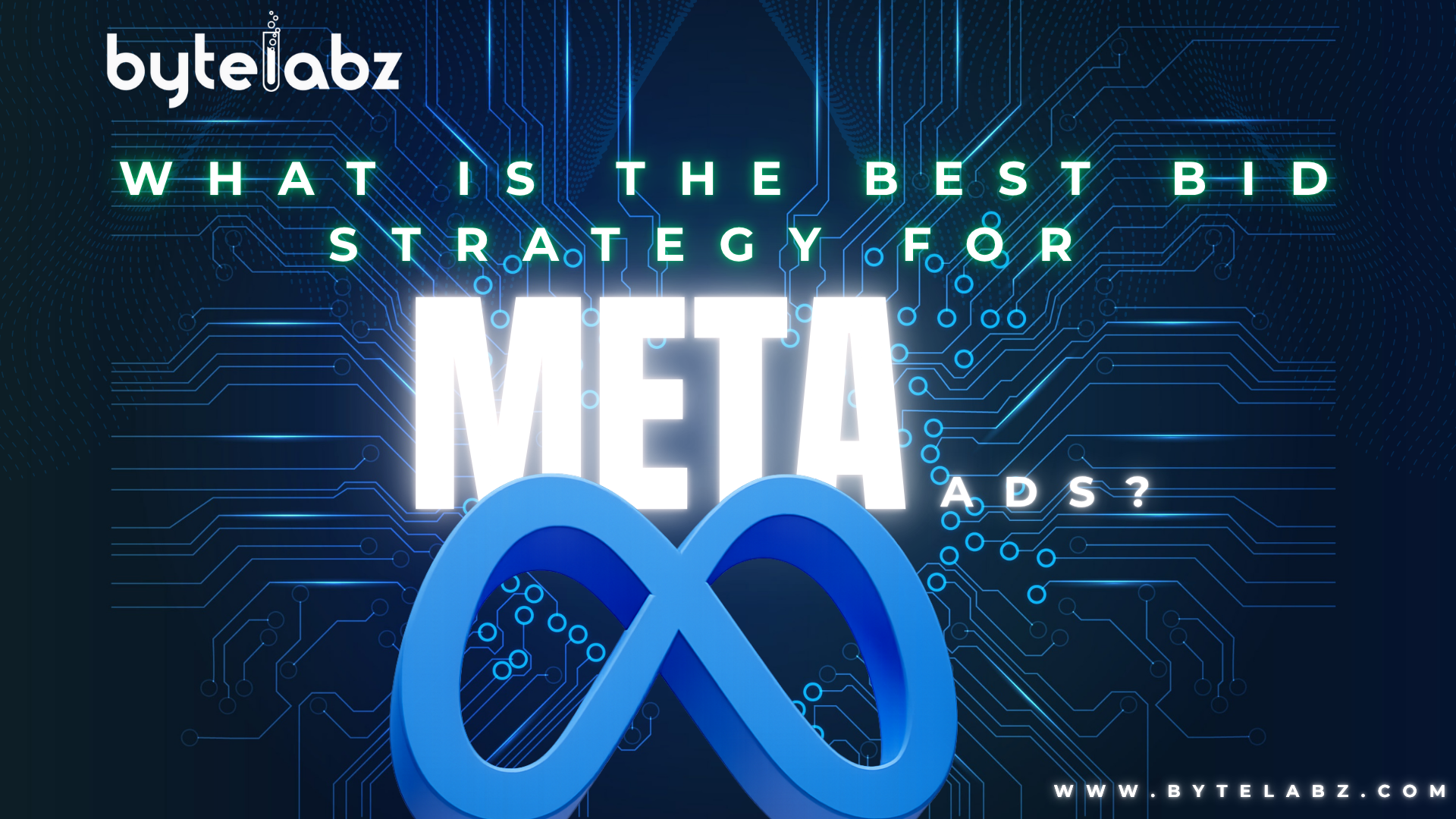What is a Bid Strategy in Meta Ads?
Meta’s algorithm uses a bid strategy to determine how to allocate your budget and compete in the ad auction. Meta decides whether to participate in that auction and how much to offer each time your ad has the opportunity to be displayed. Selecting the right bid strategy benefits you:- Get the right audiences at the right price.
- Keep your spending under control.
- Boost the performance and distribution of ads
- Maximize your return on investment (ROI)
The Major Bid Strategies in Meta Ads
Let’s look at the primary possible bid strategies and how they should be used.1. Lowest Cost (Highest Volume)
This is the most common and default method. Meta automatically looks for ways to maximise your budgeted results. Because it doesn’t set a maximum bid amount for each auction, the system may completely optimise for volume. When to use it:- You’re running awareness or reach campaigns
- Your aim is to enhance engagement, attract more traffic, or increase video views.
- You don’t have strict cost limits yet
2. Cost Cap
When you use Cost Cap, you tell Meta how much you want to spend on results on average, like ₹50 per lead. Meta will keep cost and output in balance so that it stays close to that amount. When to use it:- You want steady costs for each goal.
- You’re running efforts to get leads or make sales.
- You have some information about how you did in the past.
3. Bid Cap
You can specify the highest amount Meta may bid in each auction by using the Bid Cap feature. You’re telling Meta: “Don’t ever bid more than ₹100 for a result.” When to use it:- Your budget is strictly limited.
- You want to control cost-per-result tightly
- You understand your figures and have campaign data experience.
4. Minimum ROAS (Return on Ad Spend)
This strategy focuses on profitability. You tell Meta the minimum ROAS you expect (e.g., 2x return), and the system adjusts delivery to maintain that level or higher.When to use it:
- You are in control of campaigns that are driven by e-commerce or sales.
- To track purchases, you can use Pixel or the Conversions API.
- You want to ensure that every rupee spent generates income.
Why it’s effective:
It ensures your advertising investment remains profitable without compromising performance.5. Highest Value
This strategy aims to get the most valuable conversions for your budget — not just the most conversions. For example, Meta will prioritize users who are more likely to make higher-value purchases. When to use it:- You offer goods at a variety of price points.
- Instead of just counting, you want to maximise the total sales value.
- You’re using advanced tracking (pixel or API).
How to Choose the Best Bid Strategy
Here’s how to choose effectively based on your objective:- If your goal is brand awareness or reach: Start with Lowest Cost. Let Meta maximize your reach and impressions for the available budget.
- If you want to drive website traffic or engagement: Use Lowest Cost first to get volume. Once you have data, switch to Cost Cap for more control.
- If you’re generating leads or conversions: Go for Cost Cap — it keeps your cost per lead or sale predictable while optimizing results.
- If your focus is on sales and profitability: Use Minimum ROAS to ensure your ad spend always delivers profit.
- If you’re scaling an online store: Choose Highest Value to focus on customers who spend more.
Expert Tips for Better Performance
Start Simple: When testing new audiences or creatives, always start with the “Lowest Cost” approach.Gather Information Before Switching: Before experimenting with new strategies, let campaigns to stabilise for a few days (3–5).
Avoid Over-Restricting: Allow Meta’s algorithm to learn before applying strict bid caps, which may limit delivery.
Track and Analyse: Use Meta Ads Manager to track cost per result, conversion rate, and ROAS periodically.
Test Gradually: Change one variable at a time (like switching from Lowest Cost to Cost Cap) to understand what truly improves performance.
Frequently Asked Questions
- What is the Meta Ads Bid Strategy?
Conclusion
There’s no single “best” bid strategy for all advertisers — the best one is the one that fits your business goal and campaign stage.
If you’re just starting out or focusing on awareness, Lowest Cost works beautifully. When you want control and consistency, move to Cost Cap or Minimum ROAS. For e-commerce scaling, Highest Value helps you maximize profit, not just clicks.
As a leading digital marketing agency in Trivandrum, we recommend experimenting, tracking, and optimizing to find what works best for your brand. With the right bid strategy and proper audience targeting, your Meta Ads can deliver powerful, measurable results that truly grow your business.


